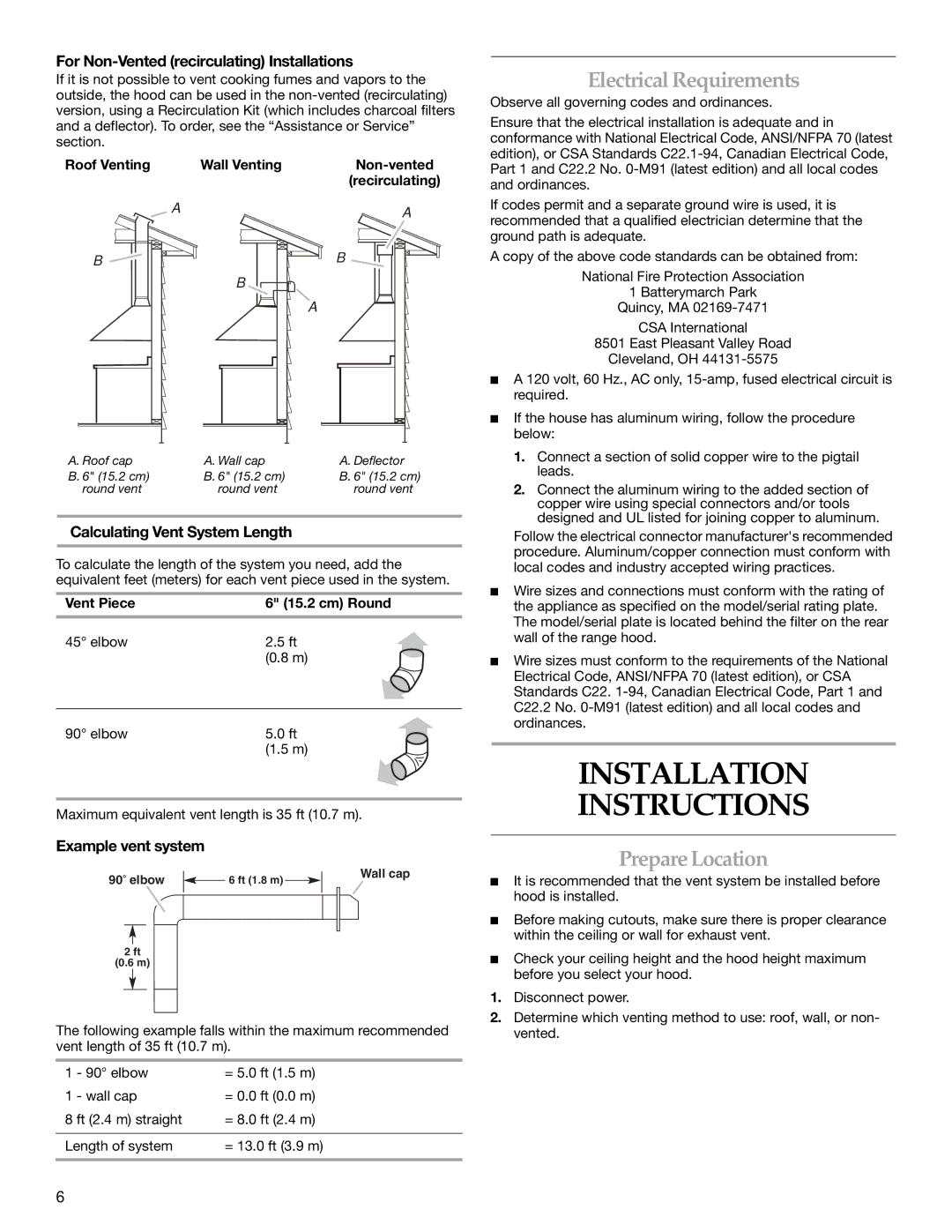LI3Y7C/W10322991C specifications
The KitchenAid LI3Y7C/W10322991C is a versatile and innovative appliance that embodies modern kitchen technology and design. This model, known for its robust construction and sleek aesthetics, is a prime example of KitchenAid's dedication to blending functionality with elegance.One of the standout features of the LI3Y7C is its advanced motor system, designed to provide exceptional power while maintaining quiet operation. This ensures that you can mix even the thickest batters without disturbing the pleasant ambiance of your kitchen. The motor's efficiency also translates into longer-lasting performance, making it a reliable companion for daily cooking tasks.
The LI3Y7C boasts a unique planetary mixing action. This technology rotates the bowl and the beater simultaneously, ensuring complete mixing coverage and eliminating the need for manual scraping. With multiple speed settings, users can easily adjust for different recipes, whether they're blending, kneading, or whipping.
A key characteristic of this model is its spacious mixing bowl, which allows for larger quantities of ingredients. Made from stainless steel, the bowl is not only durable but also easy to clean, making maintenance a breeze. The ergonomic handle provides a comfortable grip, enhancing usability during food preparation.
Another notable aspect is the versatility offered by the LI3Y7C, as it’s compatible with a wide array of KitchenAid attachments. From pasta makers to food grinders, these attachments expand the appliance's functionality, allowing it to perform multiple culinary tasks. This adaptability makes it an indispensable tool for both novice cooks and seasoned chefs.
Safety features are also prioritized in the design of the LI3Y7C. The appliance includes a built-in overload protection system, which prevents the motor from overheating during extended use. This not only ensures longevity but also offers peace of mind to users.
In terms of aesthetics, the KitchenAid LI3Y7C/W10322991C is available in various colors to suit different kitchen decors. Its timeless design and compact size allow it to fit seamlessly into any countertop space, enhancing the kitchen's overall look.
In summary, the KitchenAid LI3Y7C/W10322991C stands out for its powerful motor, advanced planetary mixing action, generous mixing bowl, and compatibility with a wide range of attachments. These features, combined with a focus on safety and design, make it an essential addition to any kitchen. Whether you're baking a cake, whipping cream, or preparing dough, this appliance delivers consistent results, helping you create delicious meals with ease.

